We are continuing our celebration of our Fall exhibition, Vignettes: one venue, three exhibitions in three Viewing Rooms on Artsy now through December 20, 2023.

The first of these, Glen Kaufman: Retrospective 1980 – 2010., viewable through November 6th, features 50 years of work by this master weaver and designer. The expansive collection of works in the Glen Kaufman Viewing Room include double weaves, macramés, a sculpture of polypropylene and collages of fabrics gathered from flea markets in Japan. Also included are woven works silk-screened with gold, silver or copper paste — a technique Kaufman pioneered to create elegant and eloquent works that blend Eastern and Western sensibilities. The work reflects his varied career, which included teaching at at the Cranbrook Academy of Art and University of Georgia, a Fulbright in Scandinavia, work at Dorothy Liebes’s New York studio, and time spent working in Japan over 14 years.
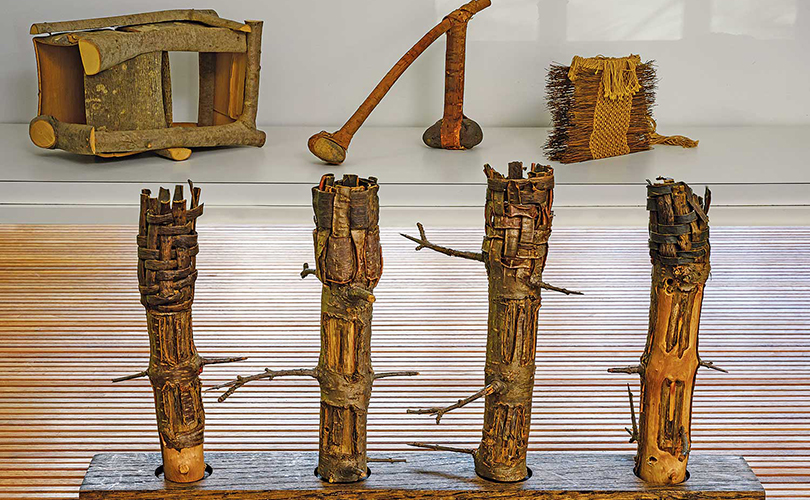
The second Vignettes Viewing Room, Dorothy Gill Barnes: in collaboration with nature, will begin on November 7th and run through November 28th. In this VR, you’ll find works by Barnes, a renowned sculptor, known for weaving bark, transforming natural materials, and for her experiments with glass artists, resulting in objects that mix glass and bark and branches in intriguing ways. Among Barnes’ innovations were “dendroglyphs,” markings she’d make on live tree bark, which she allowed to develop into readable scars for months or years before harvesting and using the resulting bark “drawings” in her works.

Last, but scarcely least of the the three Viewing Rooms will be An Abundance of Objects, which will run from November 29th through December 20th. The right object in the right space has the power to prompt memories, evoke feelings, and exert a palpable energy on one’s surroundings. An Abundance of Objects celebrates that power. You’ll see an eclectic collection of sculptures, ceramics, baskets, and mixed media works that inspire awe, admiration and, sometimes, sheer delight, Notable for its diversity — 80 objects in all — An Abundance of Objects celebrates the acquisition process.


Hope you’ll visit the Artsy Viewing Rooms in October, November and December. Check out the catalogs we produced for each of these exhibitions at browngrotta.com.

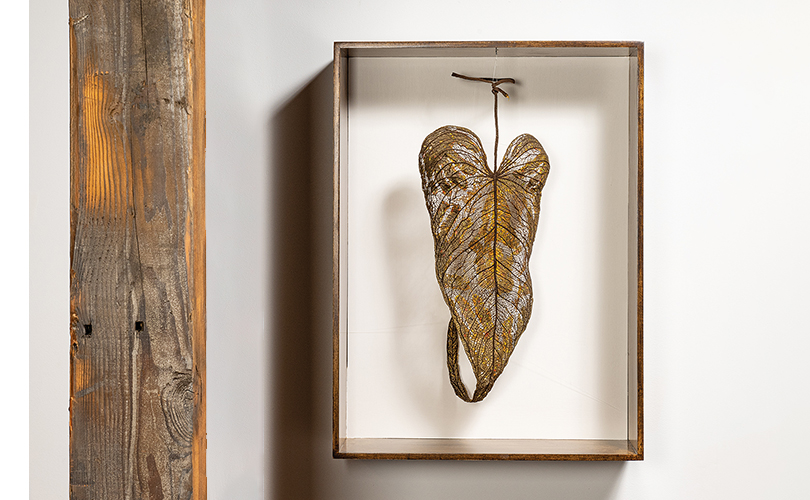



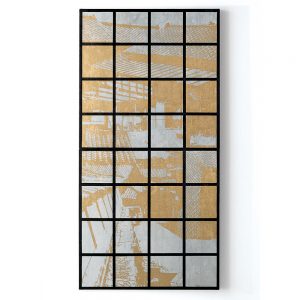
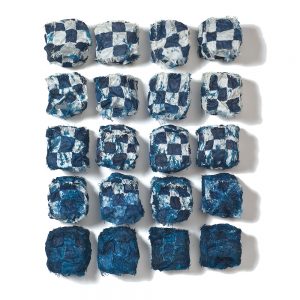

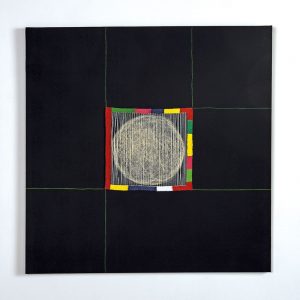

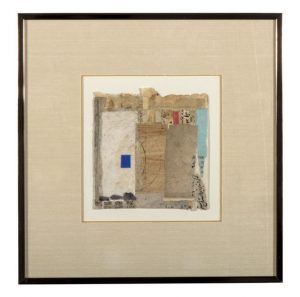
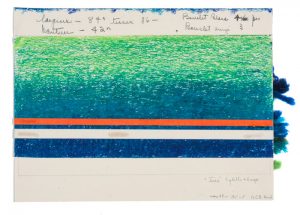

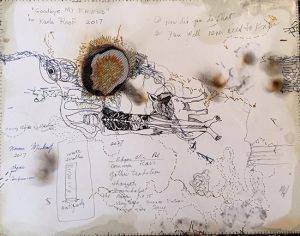
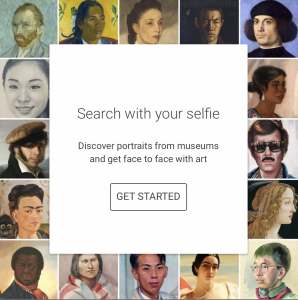 Google Arts & Culture
Google Arts & Culture



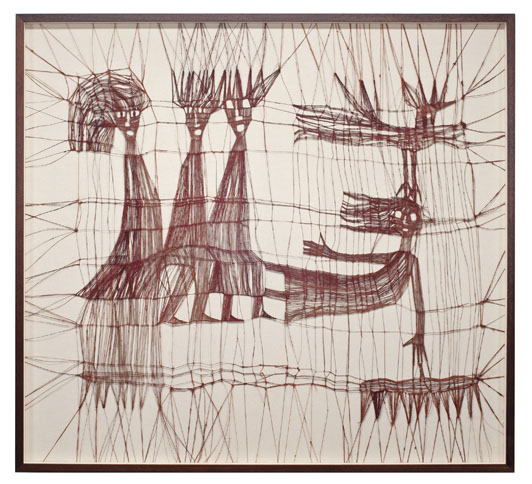

We Get Good Press
Maybe you’ve heard the buzz? In the past six months, both browngrotta arts and Tom’s book project, The Grotta House by Richard Meier: A Marriage of Architecture and Craft, which features many of the artists we work with, have gotten great coverage in the Connecticut publications, nationally and elsewhere in the world.
In December, the illustrious New York Times, profiled Sandy and Lou Grotta, their 300+ collection of Modern Craft which are beautifully featured/illustrated in The Grotta House book. https://www.nytimes.com/2019/12/31/arts/design/show-us-your-wall-grotta.html So did Art in America online.
https://www.artguide.pro/event/ book-release-the-grotta-home-by-richard-meier-a-marriage-of-architecture-and-craft/ Tom got a shoutout as the photographer in both articles as well. Next up was TLmag, True Living of Art and Design, a Brussels-based, international biannual print and online magazine dedicated to curating and capturing the collectible culture.
Also in February, the Grotta house and browngrotta arts were covered by Introspective, the online magazine produced by 1st Dibs, In the piece titled, “Tour a Richard Meier-Designed House that Celebrates American Craft,” author Osman Can Yerebakan, observes that the Grottas, are “[l]ed by intuition, they simply let an affinity for objects, and for the people who make them, guide their unerring eye.”https://www.1stdibs.com /introspective-magazine/richard-meier-grotta-house/?utm_term=feature2&utm_source=nl-introspective&utm_content=reengagement&utm_medium=email&utm_campaign=2020_02_23&emailToken=2277332_1a3d078b2c480b774c0897f7484ece12b4545b9bb006358a40eba4b7215550ce
Japanese and Korean Contemporary Craft
in Artfix Daily
On March 1st, Artfix Daily covered our online exhibition in “browngrotta arts presents Transforming Tradition: Japanese and Korean Contemporary Craft.” http://www.artfixdaily.com /artwire/release/7876-browngrotta-arts-presents-transforming-tradition-japanese-and-kor. An article by Rhonda, “Active Collecting: Acquiring Experiences as Well as Art,” appeared in the Spring issue of Surface Design Journal,
as Well as Art in Surface Design Journal
describing the interactions between Sandy and Lou Grotta and the artists they collect. The couple have met many of those whose work they have collected or commissioned and have developed deep friendships with others, including furniture makers Joyce and Edgar Anderson and Thomas Hucker, jewelers Wendy Ramshaw and David Watkins, ceramist Toshiko Takaezu and weaver Mariette Rousseau-Vermette.
The Spring also saw a light-hearted story in the March/April issue of Wilton Magazine, on Rhonda and Tom, “Art of Love, Love of Art,” by Karen Sackowitz, noting that our creative synergy– for better or worse — has spanned decades (3 decades and 7 years to be precise). Other local publications have championed us as well — The Ridgefield Press, Wilton Bulletin and Connecticut Magazine have talked up our taking art online, nothing that, “Social distancing doesn’t mean people have to distance themselves from the arts” as area arts institutions like bga have taken to providing people with digital experiences on their websites and social media platforms to ensure people are still able to engage with art.
with a Rotating Cast
of Craft Masterpieces
by Casey Lesser: Artsy Editorial
Artsy, covered the Grottas and their home in April, in “This Collecting Couple Lives with a Rotating Cast of Craft Masterpieces,” by Casey Lesser https://www.artsy.net /article/artsy-editorial-collecting-couple-lives-rotating-cast-craft-masterpieces. Tom got a shout out, too. The author shared Lou’s collecting advice to “do your homework” as he recalled being told that “you have to see 50 works by an artist before you can start to understand what’s good.” Thanks to the internet, that’s much easier today than it was when he and Sandy started out. “Don’t fall in love with the latest stuff,” the author quotes Grotta. “Decide who you like and what you like.”
April also saw the Grotta house and book featured in Dwell online https://www.dwell.com /home/the-grotta-house-0257ab73 and in Archello https://archello.com/project/the-grotta-house. In progress (fingers crossed), a piece on The Grotta House by Richard Meier, a Marriage of Architecture and Craft in INTERIOR+DESIGN, a Russian publication.
We hope to get press coverage for our upcoming events:
Online in June: Cross Currents – Arts Influenced by Rivers and the Sea, Vols. 38, 35
Online in July: Fan Favorites — Sekimachi, Sekijima, Laky and Merkel-Hess, Vols. 24, 19, 2, 3, 8, 5, 15, 16, 19
Online in August: Cataloging the Canon – Tawney, Stein, Cook, Hicks and So, Vols. 13, 28, Monographs: 1-3; Focus: 1
Live in September: Volume 50: Chronicling Fiber for Three Decades. Now rescheduled for September 12 -22. Details on how we will mix art viewing and safe practice to come.
Hope you’ll join us for all or some of these.
Stay Safe, Stay Distanced, Stay Inspired!!